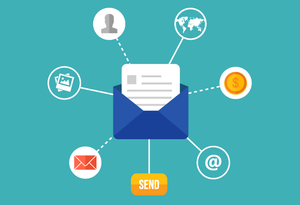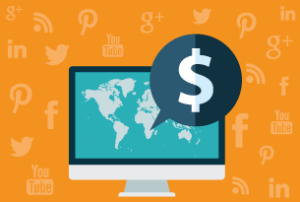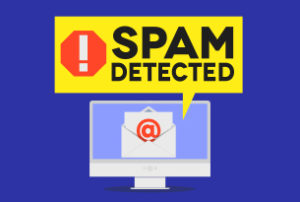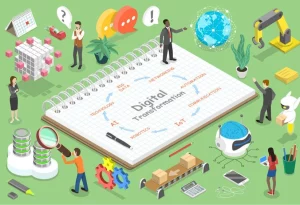Do you use email every day for marketing and outreach? Not every email is the same – there are a number of different types, each with a different goal. How many have you used? Great marketers know that using the right stimulus at the right time will yield the desired results. Using marketing emails inappropriately will only annoy the recipient – and drive them away.
Eight email marketing letters:
- Buy Now offer: This email assumes that the prospect is ready to purchase at the precise time that you are ready to sell. It is vastly overused, usually by list-scraping spammers, and clumsy marketers. Buy Now is most effective when there is already a relationship, and the prospect has already indicated an interest.
- Discovery and Engagement Query: This type of email is a purpose-written email designed to give you more information: demographic, psychographic, about their challenges, or about their requirements. No matter the goal, it always asks for some information, and seeks to solicit a response.
- Nurture value-add: A nurture email (sometimes called a “drip” email) is one that gives something of value to the respondent (a tip, a link, a whitepaper, etc) in order to remind the recipient that you provide a particular product or service. Unlike the Buy Now email, a Nurture email recognizes that the prospect may not want to buy on your schedule: when they eventually are ready to purchase, they will think of you. The Nurture value-add is a give email, not a sell one.
- Trial offer: Many people are unwilling to transact because they are uncertain whether or not you – or your services – can indeed solve their problems. This type of email offers the prospect an opportunity to test-drive your solution: they get to taste the chocolate before buying the entire box. There are two different types of trial offers that can usually be made: (1) A free value stand-alone offer, such as an assessment or audit, or (2) Access to an online resource for a defined period of time, usually 2-4 weeks. (Near the end of the trial, the prospect might get another email, usually of the Buy Now variety.)
- The Warm Introduction: Nobody likes a cold call, and it is generally ineffective for that reason. A warm call – where you are able to get a pre-introduction, is far more likely to bear fruit. The same holds true for an email. The Warm Intro email must quickly credentialize (eg what is the common connection between you), explain the reason for the intrusion (for that is what it is), and provide a rationale for engaging in a next step. This email is even better if it is a third party endorsement, where a mutual contact sends this type of intro for you.
- The Friendly Hello: This is very much like a nurture email, except it is motivated by the existing relationship between you and the prospect/client. It is designed to begin widening the relationship from one that is mostly professional, to one that is also personal.
- Invoice Transmittal letter: This is the email that contains your invoice. While they typically are terse, and are often automatically sent by either a system or a clerk, they really are the most important marketing and sales emails you will ever send. The reason is that the attachment – your invoice – will be weighed against all you have delivered; if there is no reminder of your value, then they may not equate your value with your fee. The email should summarize the invoice, but in a way that speaks to the benefits provided by the transaction. (And also thanks them for the opportunity to work together.)
- Post-sale thank you: After the sale is the most important time to say thank you. Not only does this convey appreciation, but it is a critical opportunity to address any potential buyer’s remorse. This type of letter must absolutely restate the benefits in the buyer’s language, and in so doing begin the movement of the relationship from being a vendor, to being a trusted advisor.
This week’s action plan: While all eight seem like common sense, most marketers use them opportunistically. This week, use them strategically and intentionally. And if you have the technology to do so, use them automatically.
Marketing Insight #1: The concepts behind each of these emails are equally applicable to phone calls, and in-person meetings.
Marketing Insight #2: The Relationship Curve describes a prospect’s journey from awareness, to preference, trial, and commitment. In previous tipsheets, I have explored the concept of the Relationship Curve from a marketing planning perspective, but this same model can also be used for emails:
- Awareness: The Warm Intro
- Preference: Discovery and Engagement Query, Nurture Value-add
- Trial: Trial Offer email
- Commitment: Buy Now offer, Invoice Transmittal letter
- Post-Commitment: Post-sale Thank you, The Friendly Hello, (and Discovery and Engagement Query!)











